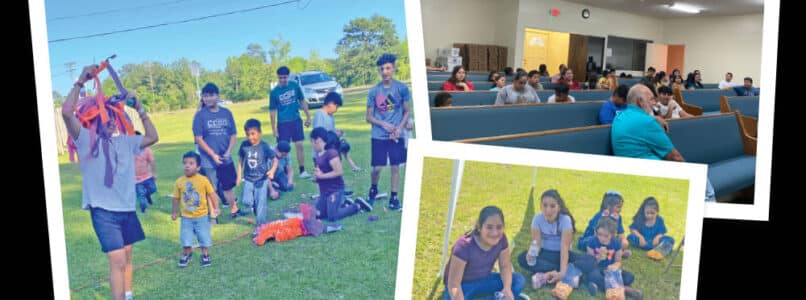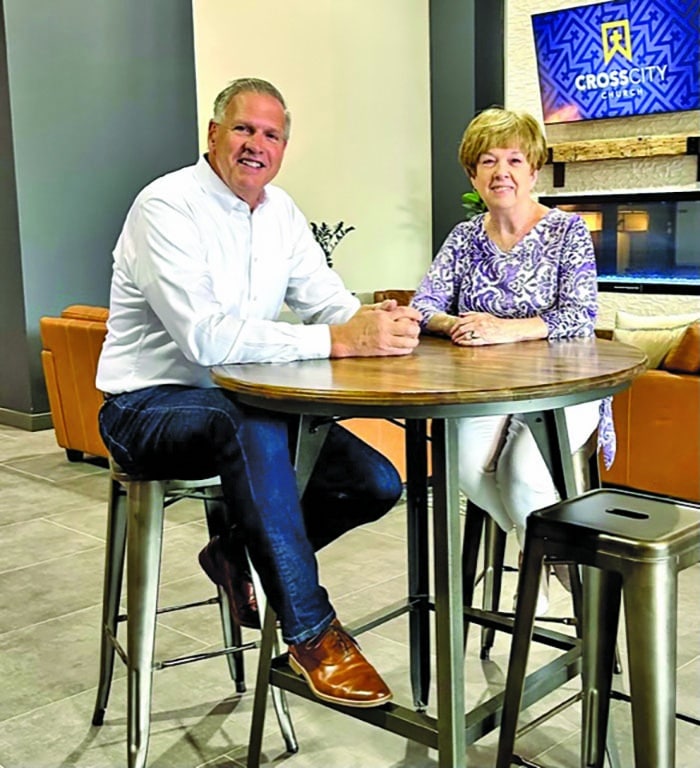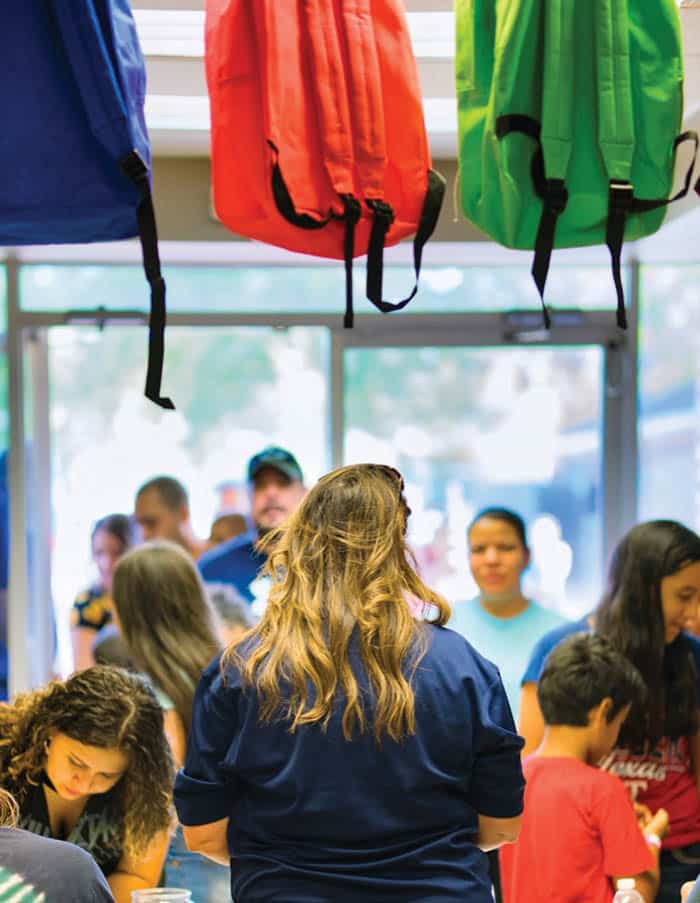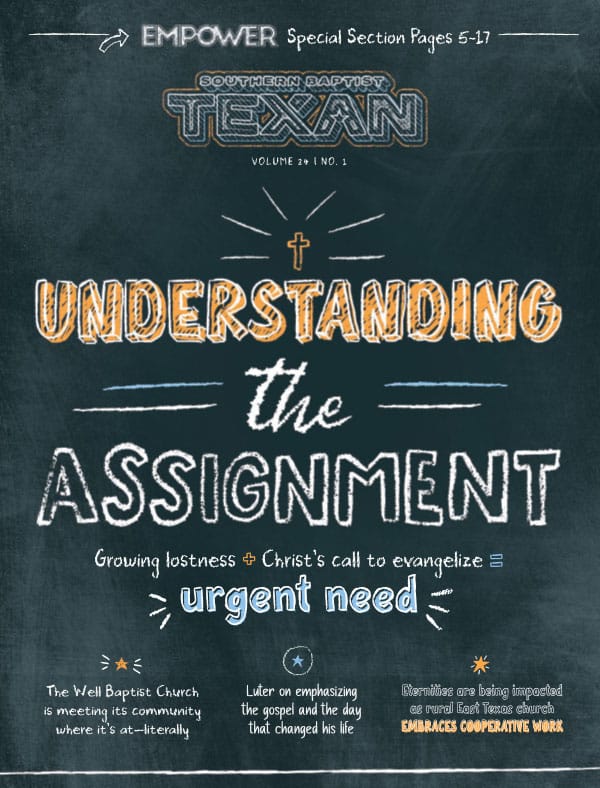Mrs. Dot became a Christian very late in life. Her conversion was the result of the faithful and steady witness of her nursing home roommate, who would invite Mrs. Dot to church each Sunday. Mrs. Dot soon gave her life to Christ. Her subsequent baptism, however, put all things practical to the test.
Mrs. Dot suffered from a long list of health problems, including a recent stroke. As a result, she was unable to speak, found it difficult to breathe, and was beyond fragile. That meant the methods many churches use for baptism—baptistries, horse troughs, or nearby bodies of water—were out of the question.
But there was one other option for Mrs. Dot—a church member’s swimming pool. Several men hoisted Mrs. Dot, in her wheelchair, into the pool to be baptized. She insisted on being fully immersed, despite her obvious health concerns.
Where there is water, there is a way.
Sometimes baptisms require you to be flexible, but you always need a plan. No matter the circumstances, here are a few practical considerations for pastors and church leaders to consider when planning for a baptism:
- Who will be doing the baptizing? Will it be the pastor, youth minister, father, or the person who led them to Jesus? For Mrs. Dot, it took more than a handful of people.
- What will the baptism candidate wear? Some wear robes, others do not. Wherever your church culture leads in this regard, make sure baptism attire is modest—especially when it gets wet. Some people prefer to wear swimwear beneath their clothing when they are baptized. That’s always OK. Be sure your church keeps clean towels on hand and maybe even some generic shorts and T-shirts (leftover T-shirts from church events are great for this). You’d be surprised how often people forget to bring a towel and a change of clothes.
- Ask the baptism candidate ahead of time if they are afraid of water. You’re welcome.
- Walk them through the process when you meet to explain the meaning of baptism. Show the candidate where to place their hands as they are lowered into the water. Encourage them to invite family and friends to witness their baptism.
- Some baptistries have a built-in stool. This makes it easier to baptize someone taller or stouter than you. Stools can also help when baptizing someone who has a hard time kneeling down or getting up. Having a good, strong deacon or helper nearby is a good idea. It might keep someone from slipping or being embarrassed if they cannot easily be raised up. Considering things like this ahead of time will help ensure the baptism will be exciting and joyful, not a time for someone to be embarrassed or get hurt.
- Heat the water if you can. Not too cold, not too hot. Likewise, lake baptisms in January might not be as fun as they would in July.
- Enlist the help of men and women in your church to help with all the tasks involved in carrying out a baptism. Their help in preparing the water, towels, and more will free you up to focus on the candidate.
- Bear in mind that while you can have baptisms during any part of your worship service, you might need time to change clothes before and after.
Pragmatically speaking, it’s totally fine to think outside of the box as you approach baptisms—so long as we aren’t thinking outside of the Bible.

























